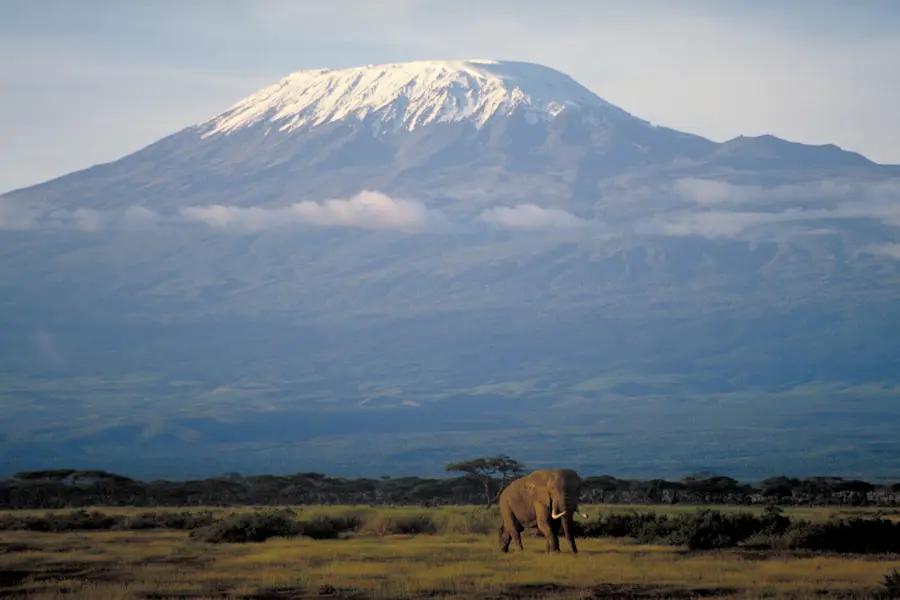Mount Kilimanjaro is more than just a climbing destination. It offers breathtaking landscapes, rich biodiversity, and cultural insights. Reaching the summit is an achievement of a lifetime. It’s a journey through different worlds, from the heart of Africa to the snows of the highest peak.

Introduction to Mount Kilimanjaro
Mount Kilimanjaro is Africa’s highest peak and a symbol of adventure. Located in Tanzania, it attracts climbers from across the globe. Its snow-capped summit rises above the savannah, offering a unique ecological system.
Geographical Features
Kilimanjaro is a dormant volcano with three main cones: Kibo, Mawenzi, and Shira. Uhuru Peak on Kibo stands at 5,895 meters (19,341 feet), the highest point in Africa. The mountain’s slopes offer diverse climates, from tropical rainforest to arctic conditions.
Climbing Routes of Mount Kilimanjaro
There are several routes to the summit, each offering different challenges and scenery. The Marangu, Machame, and Lemosho routes are popular choices. Climbers experience rainforests, alpine deserts, and glaciers. Planning and preparation are key to a successful climb.
Best Time to Climb
The best times to climb Kilimanjaro are during the dry seasons: from late June to October and from late December to early March. These periods offer clearer skies and safer climbing conditions.
Flora and Fauna
Kilimanjaro’s ecosystems are a haven for wildlife. The forests around the base are home to elephants, leopards, and monkeys. The alpine zone features unique plants like the giant lobelia and groundsel.
Cultural Aspects
The mountain is significant to the Chagga people, who live on its slopes. They have farmed Kilimanjaro’s fertile volcanic soils for centuries. Climbers can learn about Chagga culture and traditions during their journey.
Environmental Conservation
Climbing Kilimanjaro is an exercise in responsible tourism. Efforts are in place to preserve its ecosystems. Climbers are encouraged to minimize their environmental impact.
Altitude Sickness
Kilimanjaro is nearly 6,000 meters high. At this altitude, some people develop altitude sickness. If symptoms of altitude sickness appear, they should not be tolerated and must descend immediately. Every year some climbers die from altitude sickness. Please value your life more than the summit.
Mount Kilimanjaro climbing tours
The base for the climb is Moshi, the capital of Kilimanjaro State. Mountaineering tours are arranged in Moshi. Day hikes are available, but if you want to reach the summit of Kilimanjaro, you will need 5 to 7 days. Considering the risk of altitude sickness, a longer tour is recommended. Therefore, we recommend a long tour such as Detailed 7 Days Machame Route Trekking Tour.